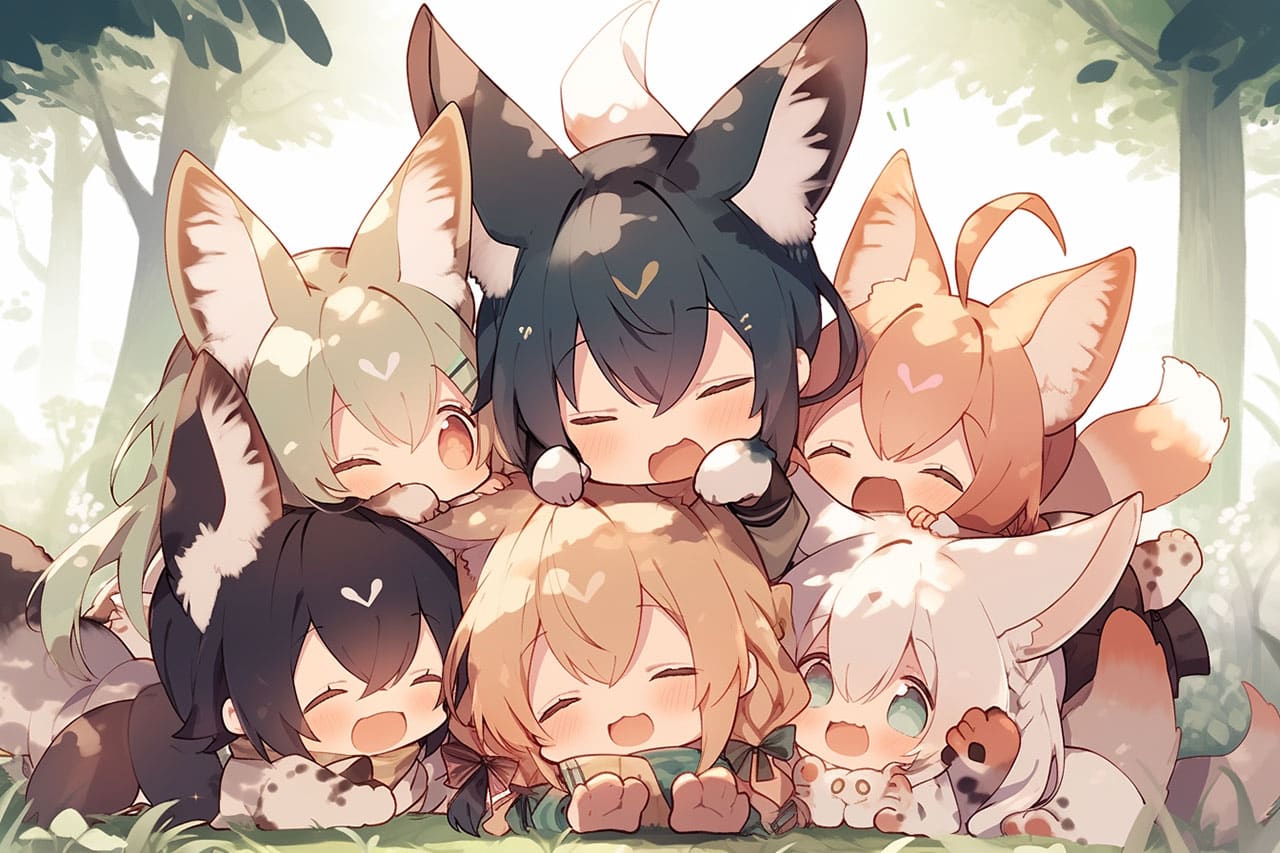
The Art of Cute: Kawaii Culture in Anime
In the vast landscape of anime, few concepts have captured hearts quite like "kawaii" – the Japanese cultural phenomenon of cuteness that has become a global obsession. From the super-deformed proportions of chibi characters to the irresistible charm of kemonomimi (animal-eared humans), the art of cute in anime represents more than just an aesthetic choice. It's a sophisticated design philosophy, a marketing powerhouse, and a unique form of emotional expression that transcends cultural boundaries.
Understanding Kawaii: More Than Just Cute
The concept of kawaii extends far beyond simple cuteness. In Japanese culture, kawaii encompasses vulnerability, innocence, and the desire to protect – emotions that anime creators skillfully evoke through character design and storytelling.
The Psychology of Cute
Scientists have identified specific features that trigger our "cute response":
- Large eyes relative to face size: Mimicking infant proportions
- Round faces and small noses: Suggesting youth and innocence
- Soft, pastel colors: Creating gentle, non-threatening impressions
- Clumsy or childlike behavior: Evoking protective instincts
Anime artists have mastered these principles, creating characters that bypass our logical minds and speak directly to our emotions.
Chibi: The Ultimate Expression of Kawaii
Chibi style represents kawaii taken to its logical extreme. These super-deformed characters, with their massive heads, tiny bodies, and exaggerated expressions, distill cuteness into its purest form.
The Chibi Aesthetic
Chibi characters follow specific design rules:
- 2-3 head tall proportions: The body is only 2-3 times the height of the head
- Simplified features: Details are minimized except for expressive elements
- Exaggerated emotions: Feelings are shown through dramatic visual cues
- Comedy through contrast: Serious characters become hilarious in chibi form
Chibi serves multiple purposes in anime:
- Comic relief: Breaking tension in serious scenes
- Merchandising: Chibi versions make perfect collectibles
- Accessibility: Complex characters become approachable and endearing
- Emotional expression: Showing feelings too big for regular animation
For a delightful exploration of this art form, discover our handpicked chibi anime recommendations featuring the best super-deformed adventures.
Kemonomimi: Where Human Meets Animal Cuteness
If chibi represents the extreme of stylized cuteness, kemonomimi offers a more subtle but equally powerful approach. By adding animal features to human characters, creators tap into our affection for both cute animals and relatable human personalities.
The Appeal of Animal Features
Kemonomimi characters typically feature:
- Animal ears: Cat, fox, wolf, rabbit, or dog ears that move with emotions
- Tails: Expressive appendages that reveal hidden feelings
- Behavioral traits: Purring, tail wagging, or ear twitching
- Enhanced senses: Adding interesting plot possibilities
The genius of kemonomimi lies in its versatility:
- Nekomimi (cat ears): Playful, independent, sometimes aloof
- Kitsune (fox): Mysterious, wise, often magical
- Usagimimi (rabbit ears): Shy, gentle, quick to startle
- Okamimimi (wolf ears): Loyal, protective, pack-oriented
These animal traits create instant character depth while maintaining overwhelming cuteness. Explore the enchanting world of animal-eared characters in our essential kemonomimi anime recommendations.
Moe: The Emotional Heart of Kawaii
"Moe" represents the emotional response to kawaii – that warm, fuzzy feeling of affection and protectiveness toward cute characters. While difficult to define precisely, moe has become a driving force in anime creation and fandom.
Elements That Create Moe
- Gap moe: Contrast between appearance and personality (tough character who loves sweets)
- Vulnerability: Characters who try hard but need help
- Earnestness: Sincere effort despite limitations
- Unique quirks: Endearing habits or speech patterns
The Business of Cute
Kawaii culture has become a multi-billion dollar industry, with anime at its center:
Merchandising Empire
- Character goods: From keychains to life-size figures
- Themed cafes: Maid cafes, animal cafes, character cafes
- Fashion lines: Clothing inspired by anime aesthetics
- Gaming crossovers: Cute characters dominating mobile games
Global Influence
Kawaii has transcended Japan, influencing:
- Western animation: Adopting cuter character designs
- Fashion trends: Harajuku style spreading worldwide
- Social media: Kawaii aesthetics dominating platforms like Instagram
- Product design: Everything from cars to kitchen appliances embracing cute
Creating Kawaii: An Artist's Perspective
Understanding how artists create kawaii characters reveals the sophistication behind seeming simplicity:
Design Principles
Color Theory
- Pastel palettes for gentleness
- Bright accents for energy
- Soft gradients for warmth
Shape Language
- Circles and curves over angles
- Soft edges suggesting approachability
- Rounded forms implying youth
Expression Techniques
- Sparkling eyes for excitement
- Blushing for embarrassment
- Simplified mouths for clarity
- Exaggerated tears for comedy
Cultural Context: Why Japan Loves Cute
Japan's embrace of kawaii culture has deep roots:
Historical Factors
- Post-war identity: Rejecting militaristic past for softer image
- Economic bubble: 1980s prosperity enabling consumer culture
- Technological advancement: Cute mascots humanizing corporations
Social Functions
- Stress relief: Cute things provide comfort in high-pressure society
- Communication: Kawaii aesthetics soften social interactions
- Identity expression: Allowing adults to maintain connection to innocence
The Dark Side of Cute
Not all kawaii is innocent – anime often subverts cute aesthetics for dramatic effect:
Gap Horror
Series like "Higurashi" or "Made in Abyss" use cute character designs to heighten horror impact
Psychological Complexity
Cute appearances hiding deep trauma or dark personalities
Social Commentary
Using kawaii aesthetics to critique consumer culture or social expectations
Kawaii Subgenres and Evolution
The art of cute continues to evolve, spawning new subgenres:
Yume Kawaii (Dream Cute)
- Pastel colors mixed with darker themes
- Fairy tale aesthetics with modern twists
- Popular in fashion and illustration
Kimo-Kawaii (Creepy Cute)
- Disturbing elements in cute packages
- Challenging traditional kawaii boundaries
- Growing popularity in alternative scenes
Retro Kawaii
- Nostalgia for 80s and 90s cute aesthetics
- Pixel art and vintage anime styles
- Appealing to multiple generations
Creating Your Own Kawaii Experience
For those inspired by kawaii culture:
Viewing Recommendations
- Start with pure cute: Explore chibi anime for maximum adorability
- Add fantasy elements: Discover kemonomimi characters for magical cuteness
- Mix genres: Find series that blend cute with action, romance, or mystery
Beyond Viewing
- Fan art: Try drawing in chibi style
- Cosplay: Embrace kemonomimi accessories
- Collecting: Start with affordable character goods
- Creating: Design your own kawaii characters
The Future of Kawaii in Anime
As anime continues to globalize, kawaii culture adapts:
Technological Integration
- VTubers: Virtual YouTubers embodying kawaii aesthetics
- AR filters: Bringing kemonomimi features to real faces
- AI generation: Creating infinite variations of cute
Cultural Fusion
- Western kawaii: Adapted cute aesthetics in American/European media
- Diverse representation: Kawaii characters of all ethnicities
- Adult kawaii: Cute aesthetics in mature-themed content
Conclusion: The Enduring Power of Cute
The art of cute in anime represents more than commercial success or artistic trend – it's a fundamental aspect of human psychology rendered in animated form. From the exaggerated expressions of chibi characters to the enchanting appeal of kemonomimi, kawaii culture offers comfort, joy, and connection in an often harsh world.
Whether you're a longtime fan or newly curious about cute culture, anime provides endless opportunities to experience the magic of kawaii. Each chibi transformation, every wiggling cat ear, and all those sparkling eyes invite us into a world where innocence and joy reign supreme.
So embrace the cute. Let yourself feel moe. In the art of kawaii, there's no shame in surrendering to the power of adorable. After all, in a world that often demands we be serious and mature, the gift of kawaii is permission to simply enjoy something sweet, innocent, and impossibly cute.
Gallery: Kawaii in Action
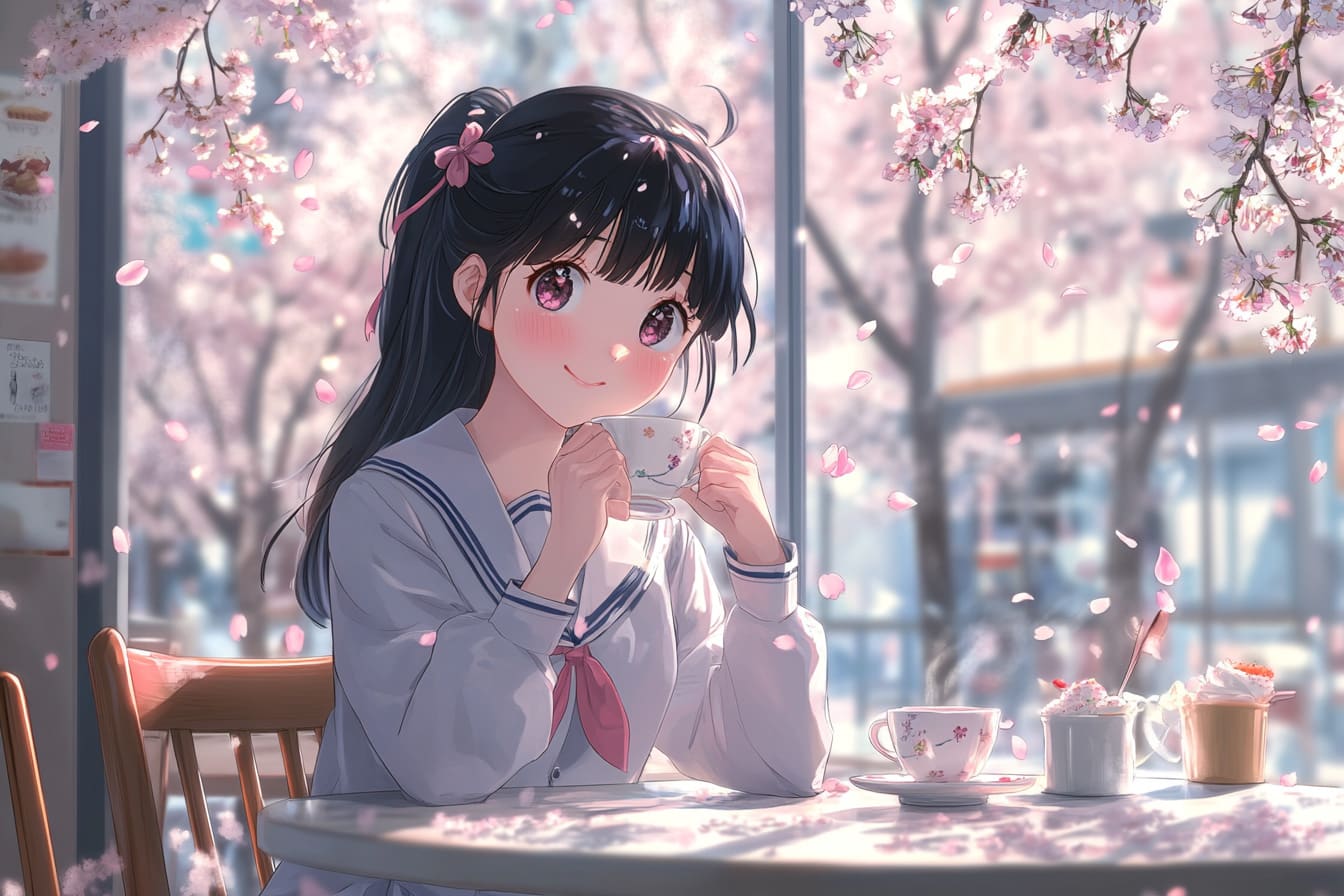
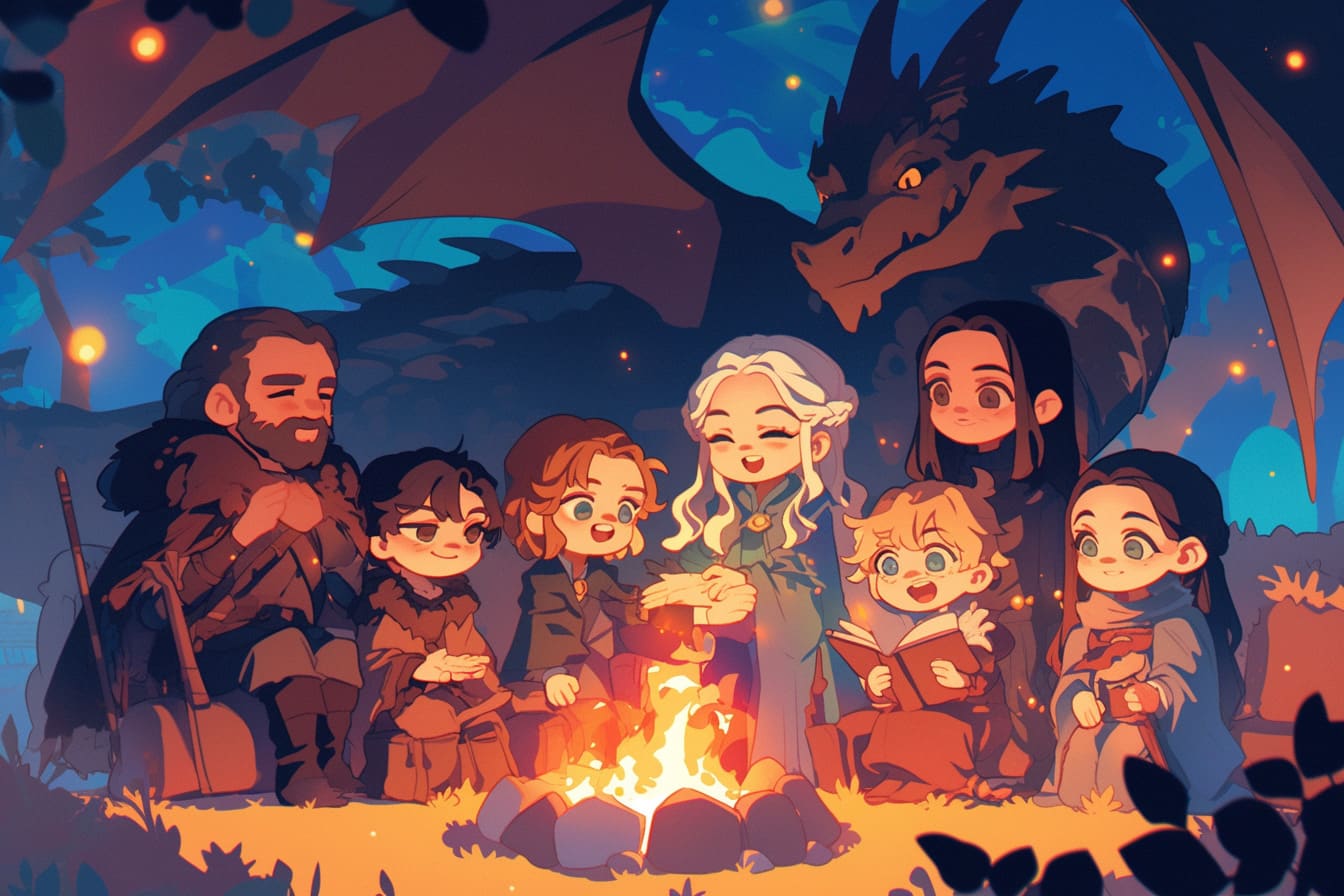

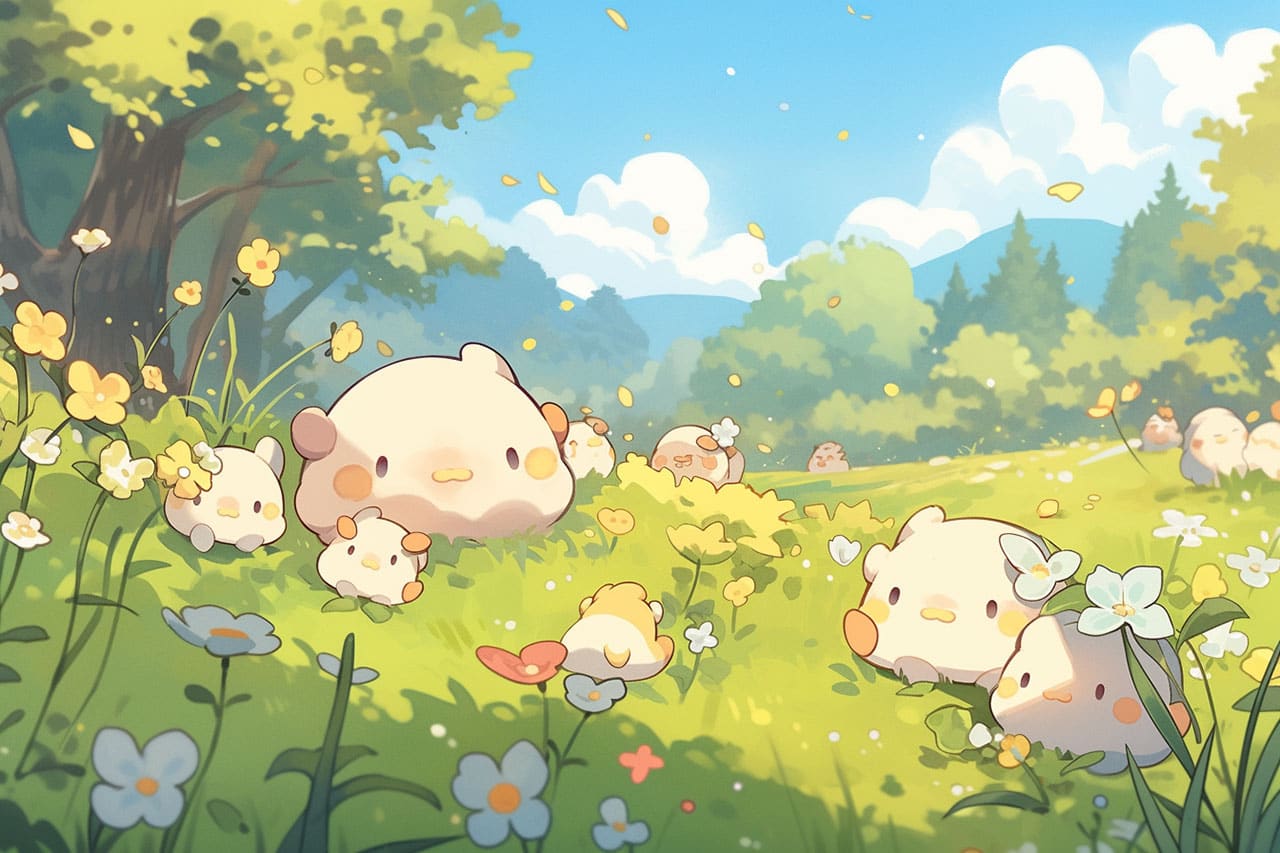
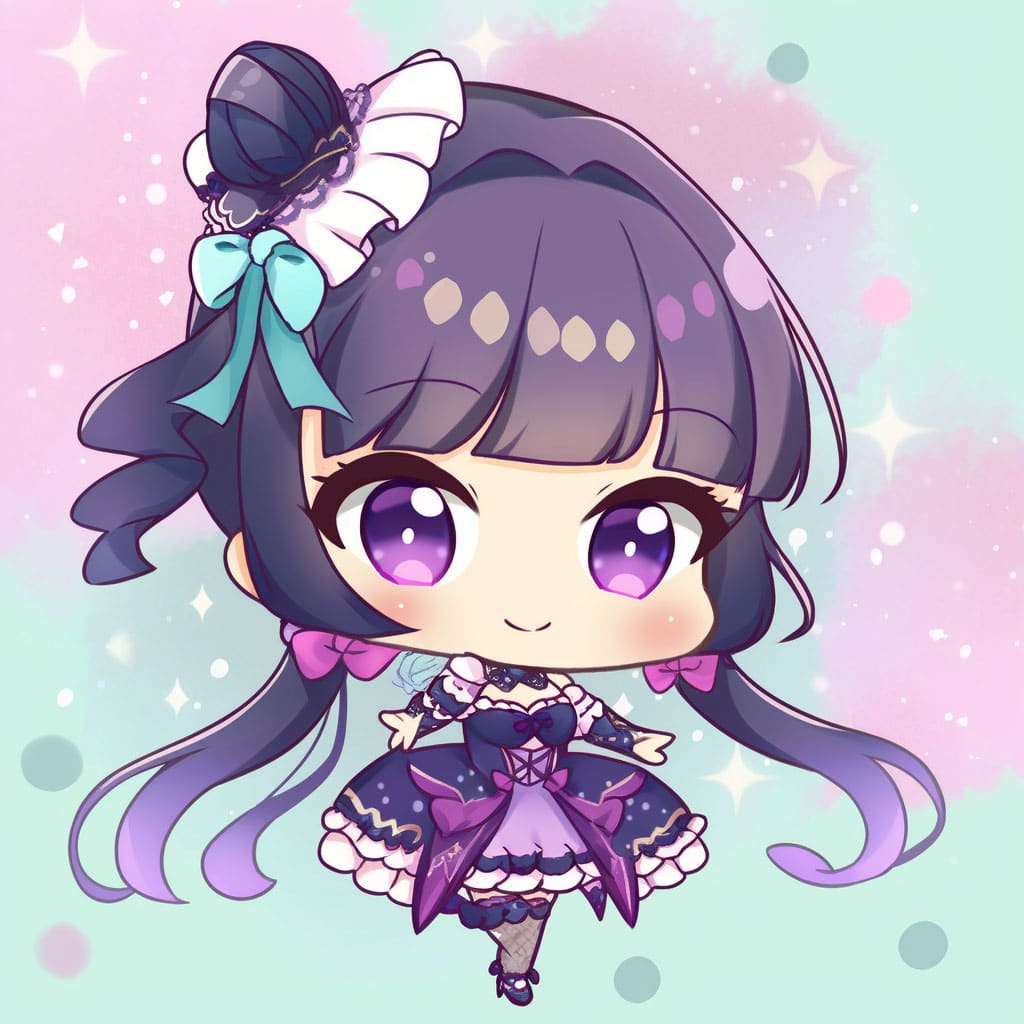
TAGGED WITH
More by Yuki Tanaka
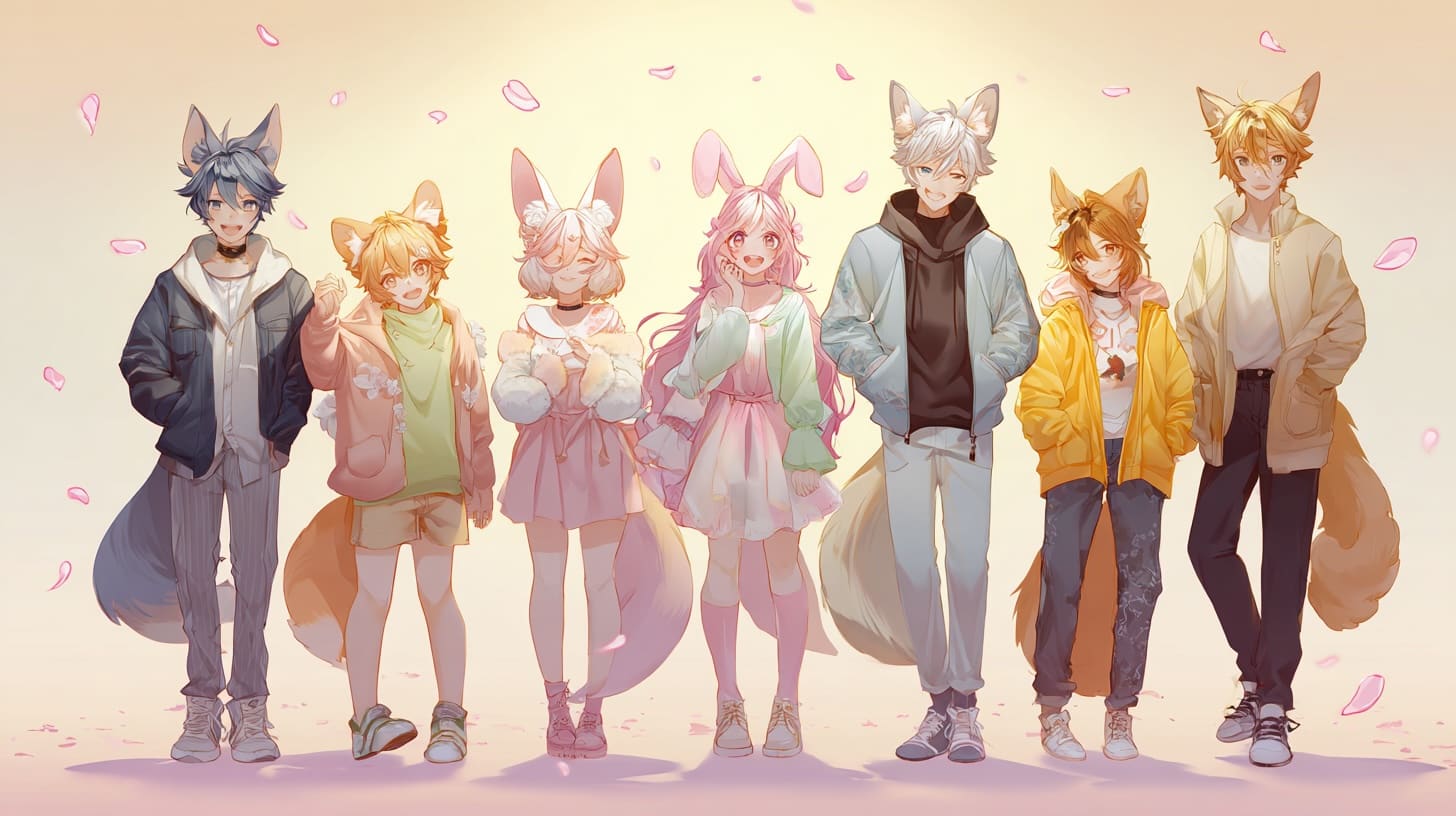
What is Kemonomimi? A Beginner's Guide to Animal-Eared Characters
Your complete introduction to kemonomimi - from catgirls to fox spirits. Learn the terminology, types, and cultural significance of anime's beloved animal-eared characters.
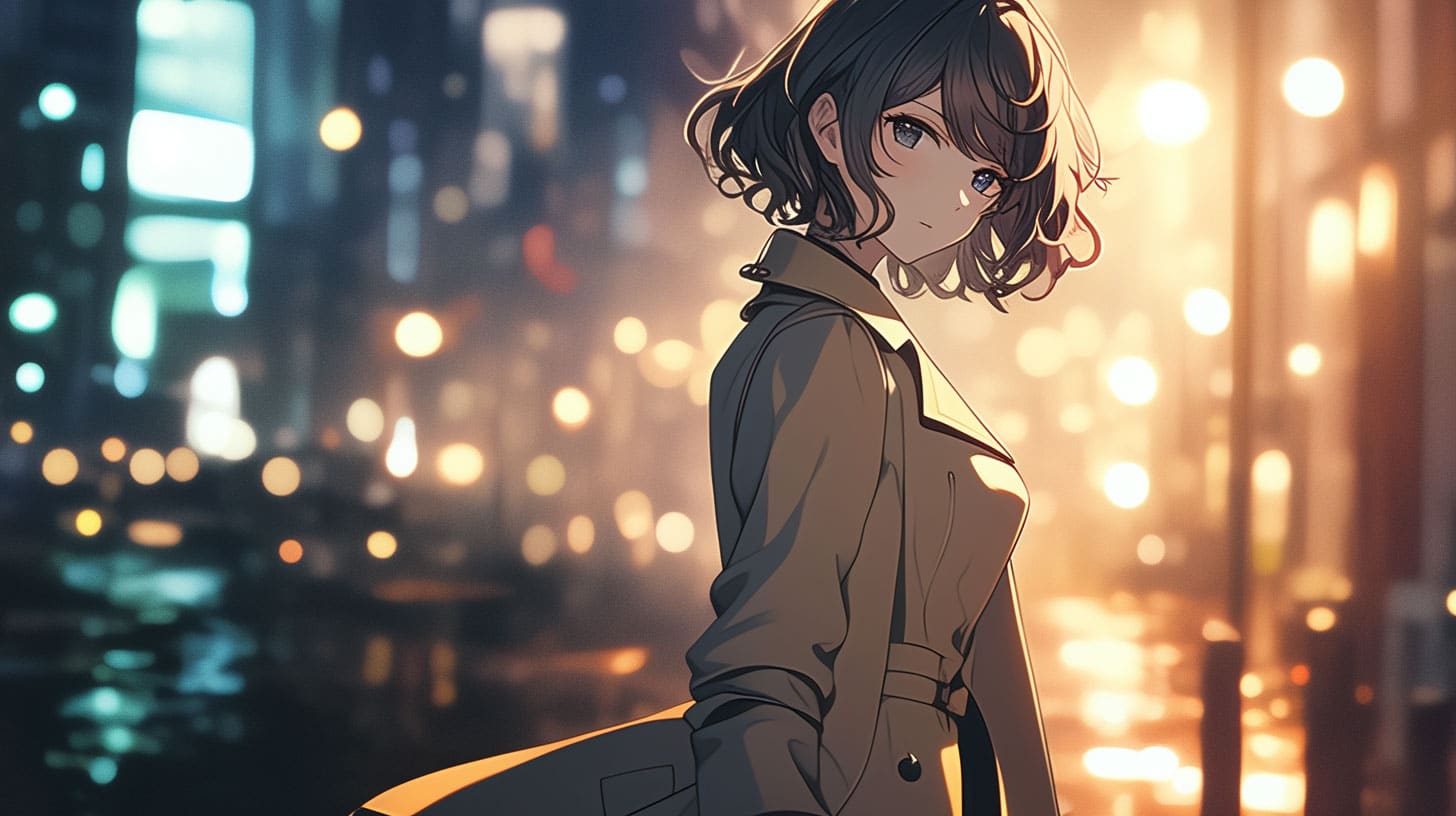
10 Josei Characters Who Dress Better Than Your Favorite Influencer
These 10 Josei anime characters have mastered the art of real-life fashion. From café cool to power suits, their style is seriously influencer-worthy.
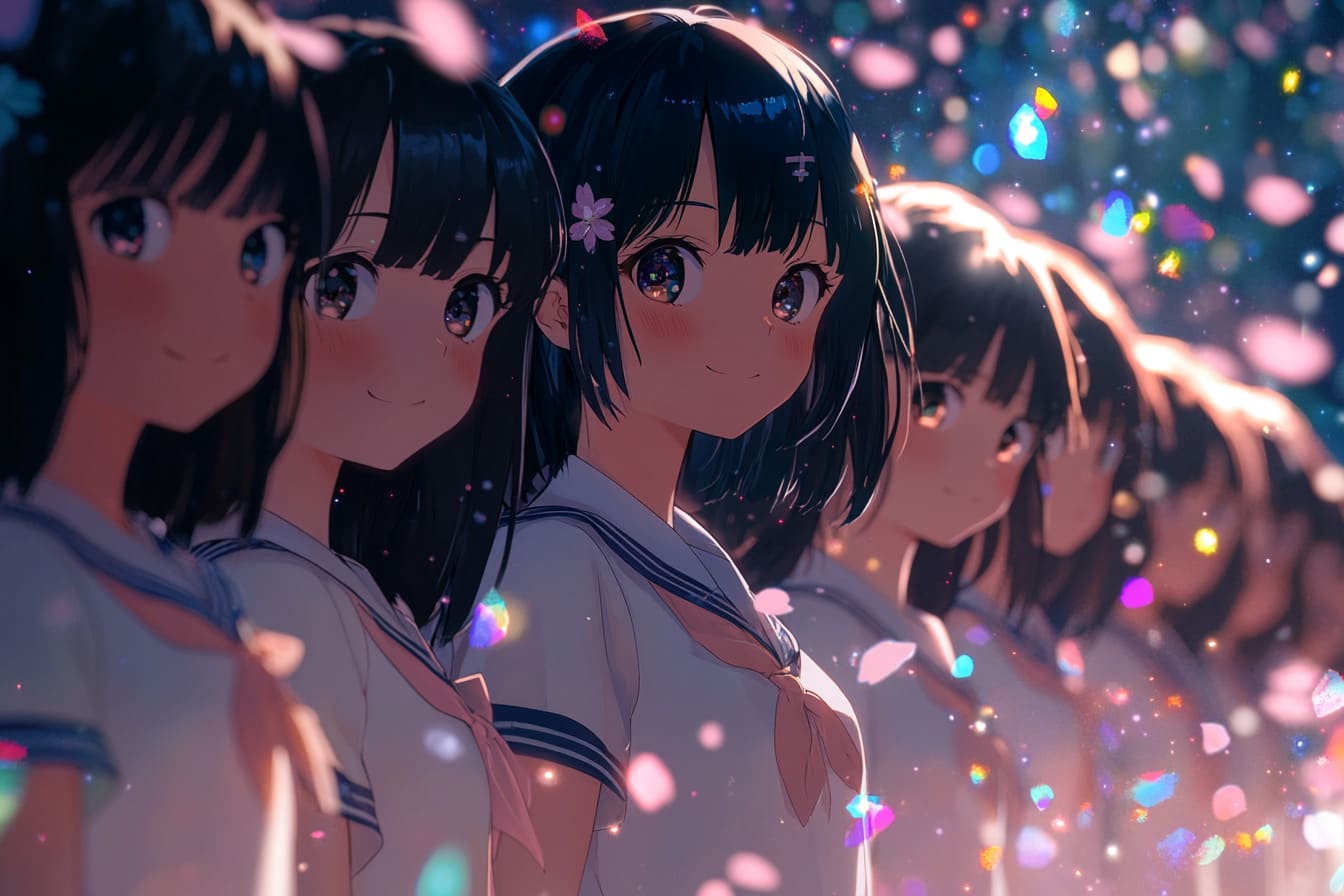
Designing Moe: The Science of Maximum Cuteness in Anime Characters
From giant sparkly eyes to pastel perfection, moe anime characters are cuteness engineered. Explore the art, science, and emotional pull behind maximum adorableness.